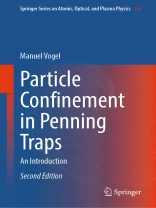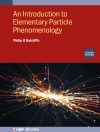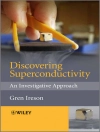This second edition is an updated and extended introduction to the world of Penning traps and provides an overview of the field, particularly for those entering it. The book presents the basics of Penning traps from a fundamental and applied point of view and discusses the variety of methods, technologies and their applications to experiments, particularly in the field of precision spectroscopy across all frequency ranges. The book is written from an experimentalist’s point of view, it includes numerous new illustrations and updated references to the available literature to ensure a high degree of breadth and accessibility.
The new edition provides, for instance, a new chapter on particle temperature and cooling, new sections on particle dynamics, g-factor measurements, space charge as a confinement limitation, space charge and resonant particle loss, as well as a section on particle loss mechanisms.
Table des matières
Brief History and Context.- Penning Trap Concept.- Penning Trap Implementation.- Hyperbolic and Cylindrical Penning Traps.- Variations on the Penning Trap Concept.- Motion of a Single Particle in an Ideal Penning Trap.- Motion of a Single Particle in a Real Penning Trap.- Inherent Effects of Single-Particle Confinement.- Particle Ensembles in Penning Traps.- Particle Ensemble Density: Rotating Wall.- Loading a Trap, Particle Transport and Loss Mechanisms.- Excitation of Particle Motions.- Resonant Motional Coupling.- Electronic Detection and Frequency Measurement.- Particle Temperature and Cooling.- Cooling Techniques.- Radio-Frequency Spectroscopy: Penning-Trap Mass Spectroscopy.- Optical Spectroscopy.- Microwave Spectroscopy.- Laser-Microwave Double-Resonance Spectroscopy.- Magnetic Bottles Implemented in Penning Traps.- Application of the Continuous Stern Gerlach Effect.- Appendices.
A propos de l’auteur
Manuel Vogel received his Ph D in physics from the University of Mainz in 2001, working with Lutz Schweikhard on molecular ions confined in a Penning trap. Then he joined the group of Günter Werth and worked on precision measurements of the bound electron’s magnetic moment in Penning traps. He extended this work as a research associate at Imperial College London in the group of Richard Thompson, and later joined Penning trap projects for precision spectroscopy at the GSI Helmholtz-Centre in Darmstadt, Germany.












